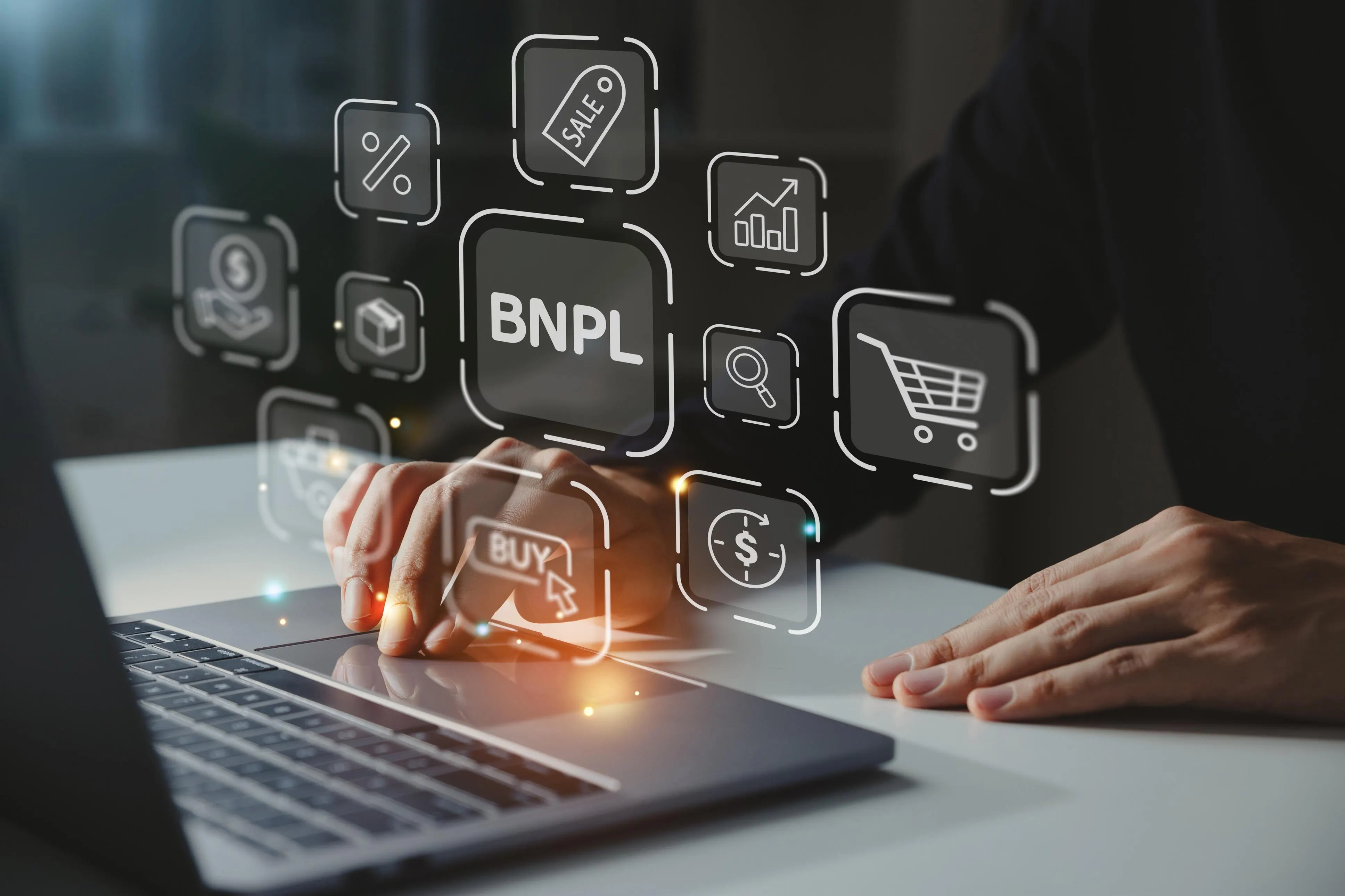Buy Now Pay Later (BNPL) Market: Key Drivers and Emerging Trends Shaping the Industry

The Buy Now Pay Later (BNPL) market has emerged as one of the most significant trends in global consumer finance, offering an alternative to traditional credit systems and revolutionizing the way people shop and pay for products and services. This payment method allows consumers to make purchases and defer payments to a later date, typically without interest or fees if paid within a specific period. As this market grows, it is reshaping the landscape of personal finance, ecommerce, and retail.
Market Growth and Dynamics
The BNPL market has seen rapid growth over the past few years. This surge can be attributed to a combination of factors, including the increasing demand for flexible payment solutions, the rise of ecommerce, and the changing attitudes of younger consumers towards traditional credit methods. Millennials and Generation Z are particularly drawn to BNPL because it offers a way to manage their finances without incurring debt in the same way as with credit cards or personal loans.
According to reports, the global BNPL market size was valued at billions of dollars in recent years and is projected to grow substantially in the coming decade. Key drivers of this growth include an increasing number of consumers opting for online shopping, where BNPL services are more commonly offered as part of the checkout process. Furthermore, many BNPL providers have formed partnerships with major retailers and online platforms, which has further accelerated their adoption.
The competitive landscape of the BNPL market is marked by a mix of startups and established players. Startups such as Afterpay, Klarna, Affirm, and Sezzle have quickly gained popularity and market share by offering simple, user-friendly platforms that allow consumers to break their purchases into installments. These companies typically offer deferred payment terms ranging from a few weeks to several months, with no interest charged if payments are made on time.
Consumer Behavior and Demographics
One of the most notable aspects of the BNPL market is its appeal to younger consumers, especially those in the 18-34 age group. These consumers are increasingly favoring BNPL as an alternative to credit cards due to its ease of use, transparency, and lack of hidden fees. Additionally, BNPL services do not require consumers to undergo credit checks, making them accessible to individuals with limited or no credit history. This demographic is more likely to adopt innovative financial products, and the BNPL model fits their preferences for simplicity and flexibility.
The growing adoption of BNPL is also driven by consumer convenience. BNPL services are typically integrated into online shopping platforms, allowing users to select their preferred payment terms at the point of sale. This seamless experience appeals to a tech-savvy generation accustomed to mobile payments, digital wallets, and instant purchases.
Despite its popularity, BNPL usage is not without risks. Some critics argue that the model encourages overspending and may lead to financial difficulties for consumers who do not fully understand the terms and conditions. Additionally, since BNPL does not involve a traditional credit check, consumers may find themselves overextended and unable to meet payment deadlines, potentially leading to late fees or damage to their credit scores.
Regulatory Challenges and Concerns
As BNPL continues to grow, regulatory scrutiny has increased, especially in countries where the service is most widely used, such as the United States, the United Kingdom, and Australia. Regulatory bodies are concerned about the potential for consumers to accumulate debt without adequate protections in place. Some critics argue that the lack of a comprehensive credit assessment process makes BNPL a high-risk option for consumers, particularly those who may not be aware of their financial limits.
In response to these concerns, several governments are exploring ways to regulate BNPL providers more closely. In some regions, companies are required to provide clear information about the terms of payment, including the interest rates and fees for late payments. Some jurisdictions are considering imposing additional consumer protection measures to ensure that users are fully informed of the consequences of late payments or missed installments.
The Future of BNPL
The future of the BNPL market appears promising, with continued growth expected in both developed and emerging markets. As technology continues to evolve, BNPL providers are exploring new ways to improve user experience and expand their offerings. This includes integrations with digital wallets, mobile apps, and even the use of artificial intelligence to offer more personalized payment options and credit assessments.
Moreover, BNPL services are increasingly being used for a wider range of purchases beyond traditional retail, including travel, healthcare, and even education. This diversification is expected to contribute to the long-term growth of the market.
In conclusion, the BNPL market is transforming the way consumers manage their finances and make purchases. While it offers flexibility and convenience, it also raises important concerns about financial literacy and consumer protection. As the market continues to evolve, it will be essential for regulators and providers to strike a balance between growth and safeguarding the interests of consumers.
- Art
- Causes
- Crafts
- Dance
- Drinks
- Film
- Fitness
- Food
- Games
- Gardening
- Health
- Home
- Literature
- Music
- Networking
- Other
- Party
- Religion
- Shopping
- Sports
- Theater
- Wellness


